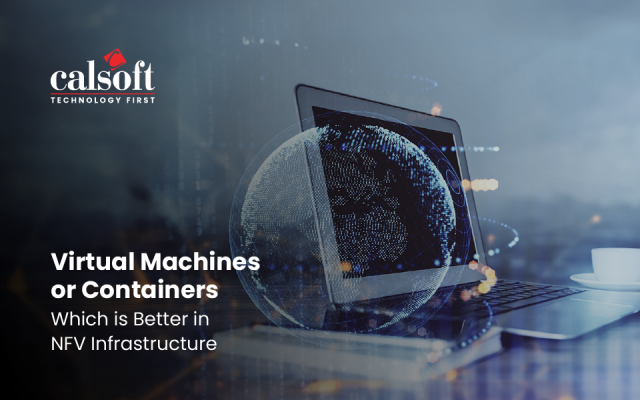We are republishing this blog here. Earlier, it was published on The New Stack.
Despite the service mesh being a fairly new technology, as compared to other cloud native technologies, a March 2020 Cloud Native Computing Foundation report indicated that 42% of respondents are evaluating its use in the cloud and 27% are using in production. Keeping in mind the growth of microservices and distributed cloud in enterprise and telecom domains, the service mesh will soon be widely used in production. Service meshes can resolve key scalability challenges for telecommunications (telecom) and 5G networks to resolve the key challenges due to large scale.
The 5G network is a software-based network, wherein most of the infrastructure elements are transformed into virtualized software that runs on commercial off-the-shelf hardware. Network resources/equipment can be controlled using a single pane of glass, bringing agility to service delivery. Furthermore, cloud native technologies (containers, Kubernetes) can be used with a microservice architecture and fueled with a DevOps approach to speed up the delivery of services and software components that are either virtualized or containerized.
Today’s telco network and upcoming 5G networks are service-based networks where the network operation center is focused on passing services through the network. Now, we have a service operation center (SOC) to manage the modern telecom network.
Microservices architecture along with Kubernetes enables automation, centralized management of service and end-to-end life cycle management and orchestration of services across all the software layers. This also helps infrastructure be ready for self-scaling and healing at any point of time.
But these benefits we get with distributed nature also introduce challenges for the telco cloud. Such networks contain different software-based components and applications from different vendors, distributed deployments of edge clouds, service performance at different cloud environments, scalability of services, centralized management of a large network of clouds, service control and orchestration of VM or containers, etc. With such challenges, it is not easy for telecom operations to meet SLAs and ensure the availability of services.
Service Mesh helps resolves these issues by controlling the network by abstracting the network components from microservices. This makes software developers to focus on only the development of services, not the network part related to each service. Service mesh, in this way, can make it possible to manage the large scale of distributed cloud or edges using a single management network layer.
To elaborate:
- Telco and edge cloud contains workloads deployed using virtual machines (VMs) and a smaller number of containers at this moment. Service Mesh can be useful to manage containers as well as VMs.
- With sidecar proxies, it is possible to monitor the performance of each service deployed in VMs and containers and control the flow of network traffic. This further helps in achieving a dynamic network slicing for 5G networks.
- A service mesh improves the security of transmitted data by enabling policy-based communication and encrypting the data moved within different services. The mTLS protocol is used by service meshes to automatically secure the communication of cloud native applications. Service mesh enables Zero Trust security policies between microservices, implementing dynamic network policies and end-to-end authorization, from the central data center towards edge nodes.
- Control obtained using service meshes helps in having a high level of observability that can be useful to monitor the health of services deployed on a large cluster of telecom networks, troubleshoot the issue quickly and increase the availability of services during new software release or upgrade (VNFs, Open RAN software, etc).
At the ServiceMeshCon conference in December, Prajakta Joshi and Kunal Shukla presented how a service mesh can deliver business and technical value to large-scale 5G and telecom cloud environments. Also, they showcased how security can be maintained in the multicloud and edge environments along with the use cases.
It is worth saying that service mesh technologies like Istio, Linkerd, Aspen Mesh, Consul Connect, and others play a key role in making sure better control in heterogeneous environments that have a dynamic requirement in terms of delivery. Other cloud native technologies bring agility to new services and for telecom operators but service meshes are important to keep a tap on for features like availability, observability, the resiliency of services.






